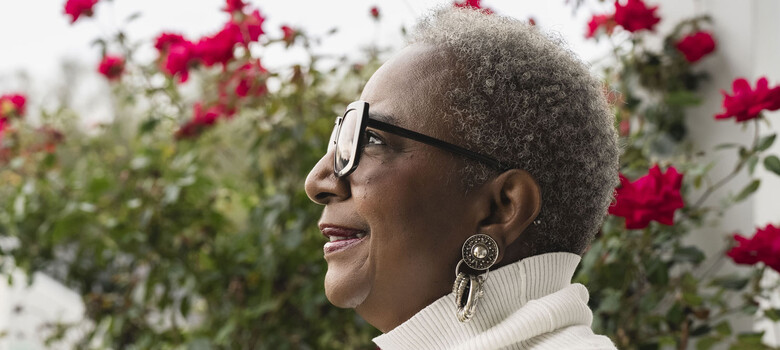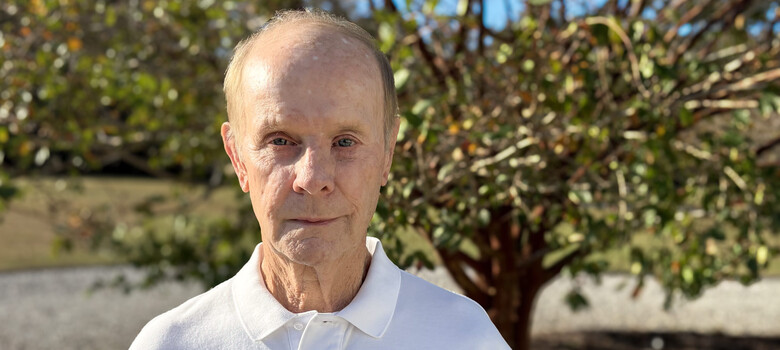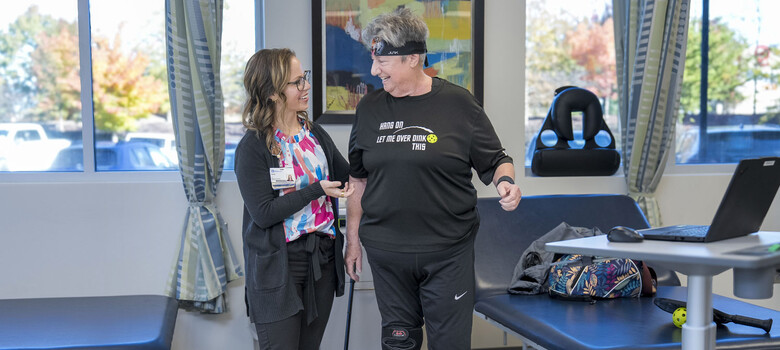 From the DukeHealth.org archives. Content may be out of date.
From the DukeHealth.org archives. Content may be out of date.
Say No to Melanoma

Protecting yourself from skin cancer requires prevention and a watchful eye.
The reason for the sunscreen season is skin cancer prevention. And the most serious skin cancer is melanoma, which will be diagnosed in more than 70,000 people in the next year. Not every skin cancer is a melanoma, but melanomas are the skin cancers that require the most vigilance. That’s because when they are caught early, they are very treatable—but if they are caught at an advanced stage, the five-year survival rate is as low as 20 percent.
The standard reminders of what to look for when checking yourself for potential melanomas are the trusty ABCDs:
- A—moles that are Asymmetrical
- B—moles with an irregular Border
- C—moles with uneven Color
- D—moles with a Diameter larger than a pencil eraser
But now there’s a new addition to this alphabet: E for evolution. “That means any mole that is changing in appearance or size,” says Michelle Pavlis, MD, a Duke Health dermatologist who specializes in melanoma. A mole that is changing could be a key to catching melanoma before it reaches an advanced stage.
There are some people who have a higher likelihood of melanomas; in fact, about half of all melanomas occur in just 1 to 5 percent of the population. These are people who have more than 100 moles on their bodies; those who have a family history of melanoma; and those who have been diagnosed with atypical moles.
All moles are new at some point, especially in young adults, so a new or an enlarged mole is not necessarily a melanoma.
“Everyone makes moles a little differently,” Dr. Pavlis says, so the key is to look for changes: a new mole that doesn’t look like your other moles, or a mole that is changing in its characteristics.
Are Tanning Salons Safe?
Not all melanoma is caused by ultraviolet light (UV) exposure, the type of light emitted by tanning beds. There has been a significant increase in melanoma, however, in women ages 20 to 45 compared with men of the same age, says Dr. Pavlis. When scientists studied the exposures these women had that the men didn’t have, tanning bed exposure is one of the things that set the women apart.
“The specific amount and type of UV exposure that tanning beds give is a complex issue,” Dr. Pavlis says. “We know that no one would go outside in North Carolina in December to sunbathe, but tanning salons are open year-round. When we care for people who have had melanoma, one of the frank discussions we have is that tanning bed use is no longer allowed.”
Some studies suggest that any tanning bed use for people younger than 18 increases the risk for melanoma. “That specific age subgroup needs to be careful and learn the best ways to protect their young skin,” Dr. Pavlis says.
She notes that there are alternatives such as sunless tanning products, in creams, lotions, or sprays. “These products really do give a plausible substitute for tanning through UV exposure,” she says, “and they aren’t dangerous, based on our current understanding of their biology.”
Finding a Suspicious-Looking Mole
Anytime you have concerns about your skin, it’s a good idea to check with your doctor—the wait-and-see strategy is not a winning one.
“If you do have a questionable mole, doctors can take a closer look at the area in question and put it into context with other skin findings,” Dr. Pavlis says. “If a mole is deemed suspicious by your doctor, most likely it will be removed and the tissue sent to a lab for further examination.”
There’s been good evidence that people who are “aware of their skin” do better, because they are better able to recognize when something is changing and visit their doctors.
Dr. Pavlis says that there isn’t a defined time for looking over your skin, but you should be familiar enough with your skin to note changes over time.



